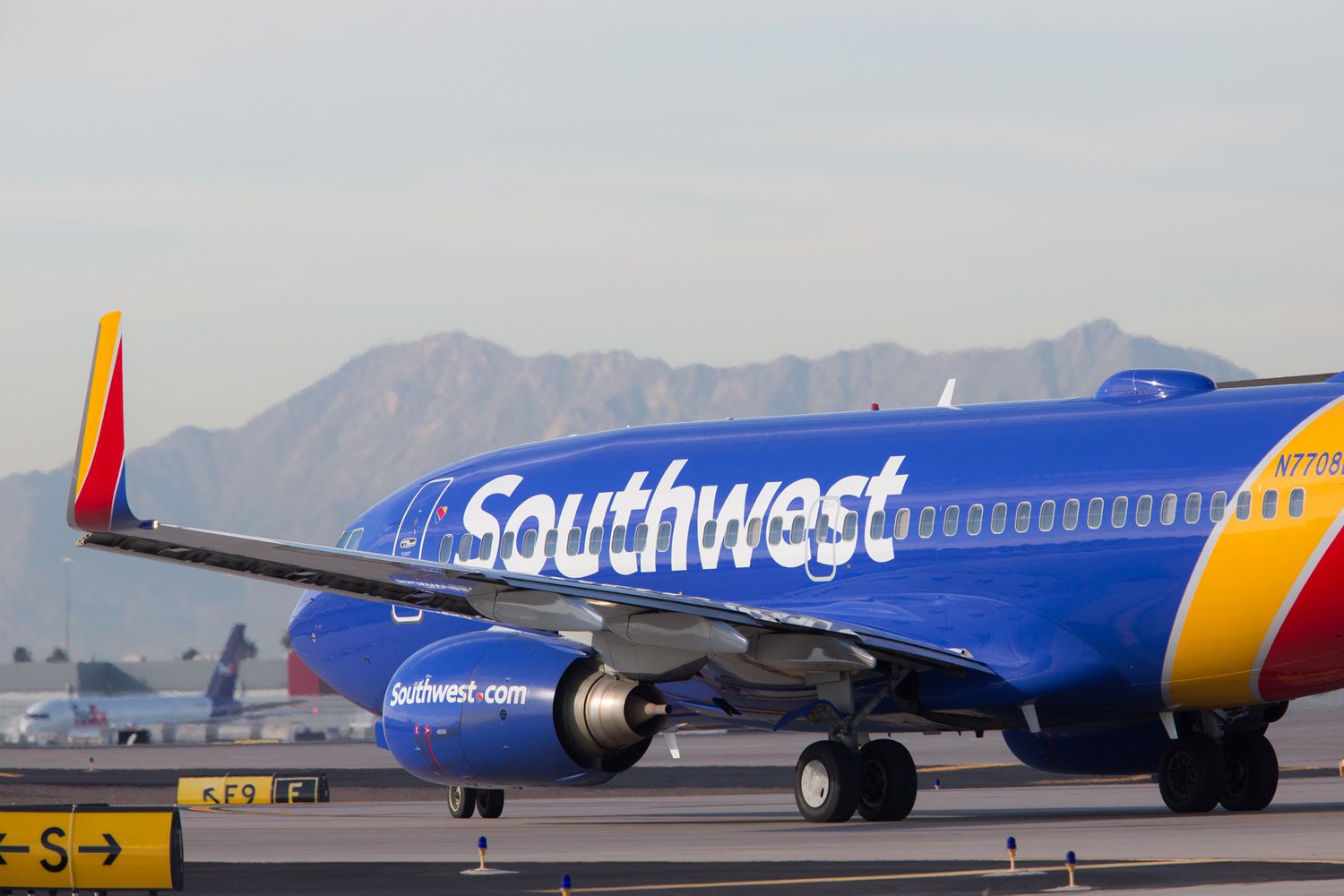
How do airlines attract passengers in a crowded market? Airlines use a mix of clever marketing strategies to stand out. They often create loyalty programs, offering frequent flyer miles to keep customers coming back. Flash sales and special promotions can lure in budget-conscious travelers. Social media campaigns and influencer partnerships help airlines reach younger audiences. Some airlines even offer unique in-flight experiences, like gourmet meals or live entertainment, to make the journey memorable. By focusing on customer experience, airlines aim to build a strong brand that passengers trust and prefer. These tactics help airlines fill seats and stay competitive.
Key Takeaways:
- Airlines invest in branding, technology, and loyalty programs to create a strong identity and keep customers coming back for more. From catchy slogans to eco-friendly initiatives, they use a variety of strategies to stand out in the competitive aviation industry.
- By leveraging technology, embracing sustainability, and capitalizing on seasonal events, airlines aim to engage customers and boost sales. From mobile apps to holiday promotions, they use creative and innovative approaches to connect with travelers and build a positive brand image.
The Power of Branding in Airline Marketing
Airlines invest heavily in branding to create a strong identity and foster customer loyalty. Here are some fascinating facts about how they do it.
-
Logo and Color Scheme: Airlines use distinctive logos and color schemes to stand out. Think of the red and white of Air Canada or the blue and yellow of Ryanair.
-
Slogans: Catchy slogans help airlines communicate their brand values. Emirates' "Fly Better" and Delta's "Keep Climbing" are prime examples.
-
Uniforms: Flight attendant uniforms are designed to reflect the airline's brand. Singapore Airlines' sarong kebaya is iconic.
-
In-flight Experience: The in-flight experience, from meals to entertainment, is tailored to reinforce the brand. Qatar Airways offers gourmet meals and a wide selection of movies to enhance its luxury image.
Leveraging Technology for Marketing
Technology plays a crucial role in modern airline marketing strategies. Here’s how airlines use tech to their advantage.
-
Mobile Apps: Airlines have developed user-friendly mobile apps for booking, check-in, and real-time flight updates. These apps often include special offers and loyalty program integration.
-
Social Media: Social media platforms are used for customer engagement, promotions, and brand awareness. Airlines like KLM and JetBlue are known for their responsive social media teams.
-
Email Marketing: Personalized email campaigns keep customers informed about deals, new routes, and loyalty program updates. These emails often include personalized offers based on past travel behavior.
-
Virtual Reality: Some airlines use virtual reality to offer virtual tours of their cabins and destinations. This immersive experience can entice potential customers to book a flight.
Loyalty Programs and Customer Retention
Loyalty programs are a cornerstone of airline marketing strategies, designed to keep customers coming back.
-
Frequent Flyer Programs: Airlines offer points or miles for each flight, which can be redeemed for future travel, upgrades, and other perks. Examples include American Airlines' AAdvantage and United's MileagePlus.
-
Tiered Membership: Many loyalty programs have tiered membership levels, offering increasing benefits as customers move up the tiers. Higher tiers often include perks like priority boarding and lounge access.
-
Partnerships: Airlines partner with hotels, car rental companies, and credit card issuers to offer additional ways to earn and redeem points. These partnerships enhance the value of the loyalty program.
-
Exclusive Offers: Members of loyalty programs often receive exclusive offers and early access to sales, encouraging them to book more flights.
Seasonal and Event-Based Marketing
Airlines capitalize on seasons and events to boost sales and engage customers.
-
Holiday Promotions: Airlines offer special deals during holidays like Christmas, Thanksgiving, and New Year's. These promotions often include discounted fares and bonus loyalty points.
-
Sporting Events: Major sporting events like the Olympics or the World Cup are opportunities for airlines to offer special packages and promotions. These packages often include flights, accommodation, and event tickets.
-
Cultural Festivals: Airlines promote flights to destinations hosting cultural festivals, such as Carnival in Brazil or Diwali in India. These promotions highlight the unique experiences travelers can enjoy.
Sustainability and Corporate Social Responsibility
Sustainability and corporate social responsibility (CSR) are increasingly important in airline marketing.
-
Eco-Friendly Initiatives: Airlines promote their efforts to reduce carbon emissions and use sustainable materials. Examples include using biofuels and reducing single-use plastics on flights.
-
Community Engagement: Airlines engage with local communities through sponsorships, donations, and volunteer programs. These efforts help build a positive brand image and foster customer loyalty.
The Final Boarding Call
Airline marketing strategies are a fascinating mix of psychology, technology, and creativity. From loyalty programs to personalized offers, airlines use every trick in the book to keep passengers coming back. They know how to tap into our emotions, making us feel valued and special. Dynamic pricing ensures they maximize profits while filling seats. Social media campaigns and influencer partnerships keep brands in the spotlight. Sustainability efforts are becoming more prominent, appealing to eco-conscious travelers. Understanding these tactics can make you a savvier traveler, helping you spot deals and avoid pitfalls. Next time you book a flight, remember the strategies at play behind the scenes. It’s not just about getting from point A to B; it’s a carefully crafted experience designed to win your loyalty. Safe travels!
Frequently Asked Questions
Was this page helpful?
Our commitment to delivering trustworthy and engaging content is at the heart of what we do. Each fact on our site is contributed by real users like you, bringing a wealth of diverse insights and information. To ensure the highest standards of accuracy and reliability, our dedicated editors meticulously review each submission. This process guarantees that the facts we share are not only fascinating but also credible. Trust in our commitment to quality and authenticity as you explore and learn with us.


